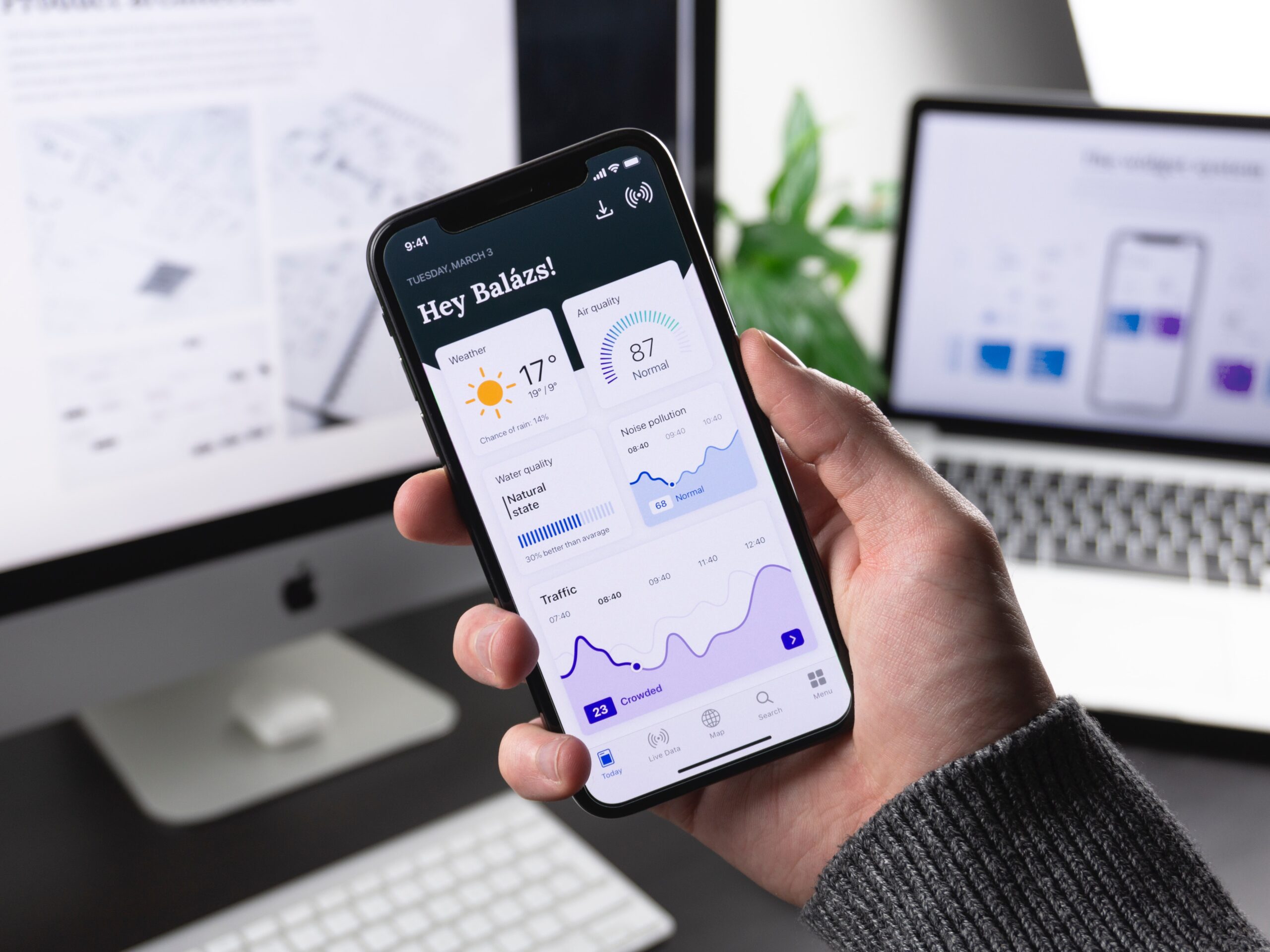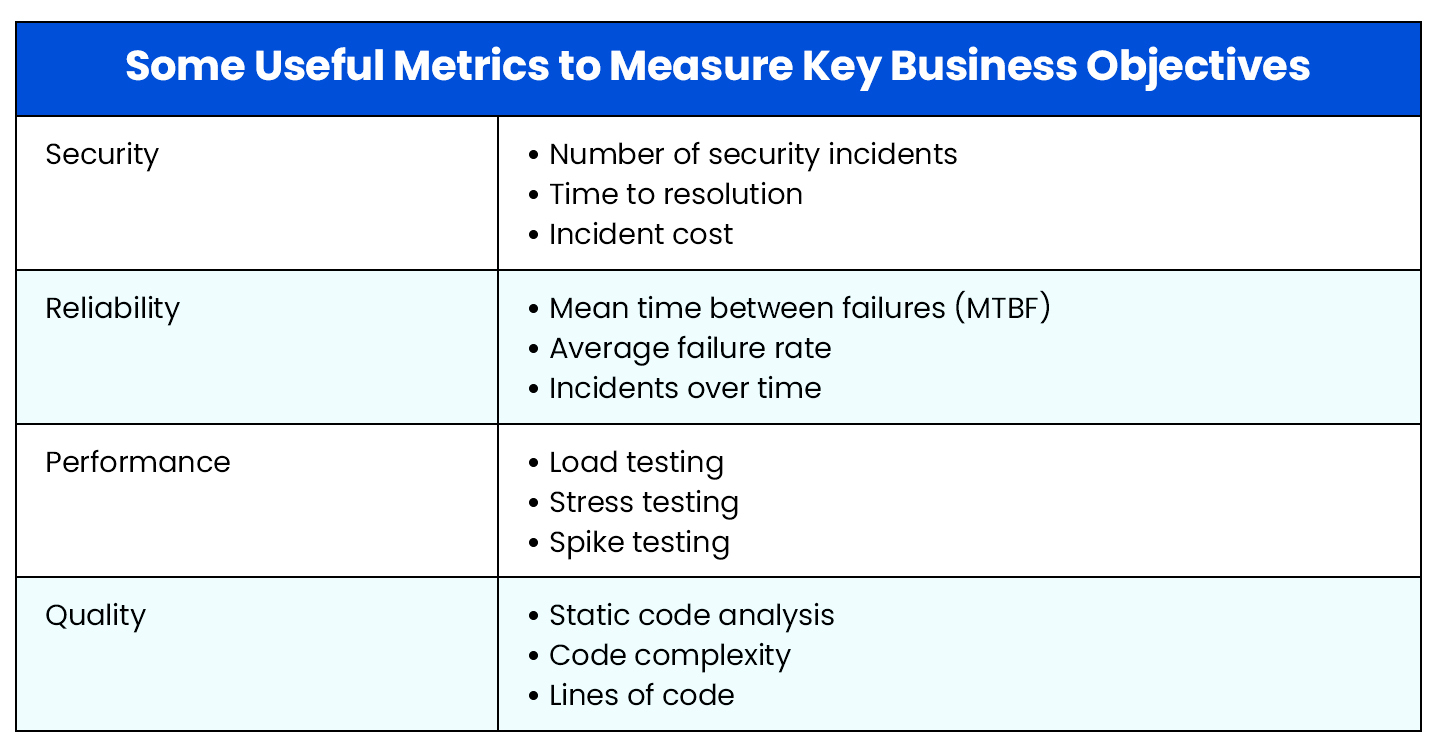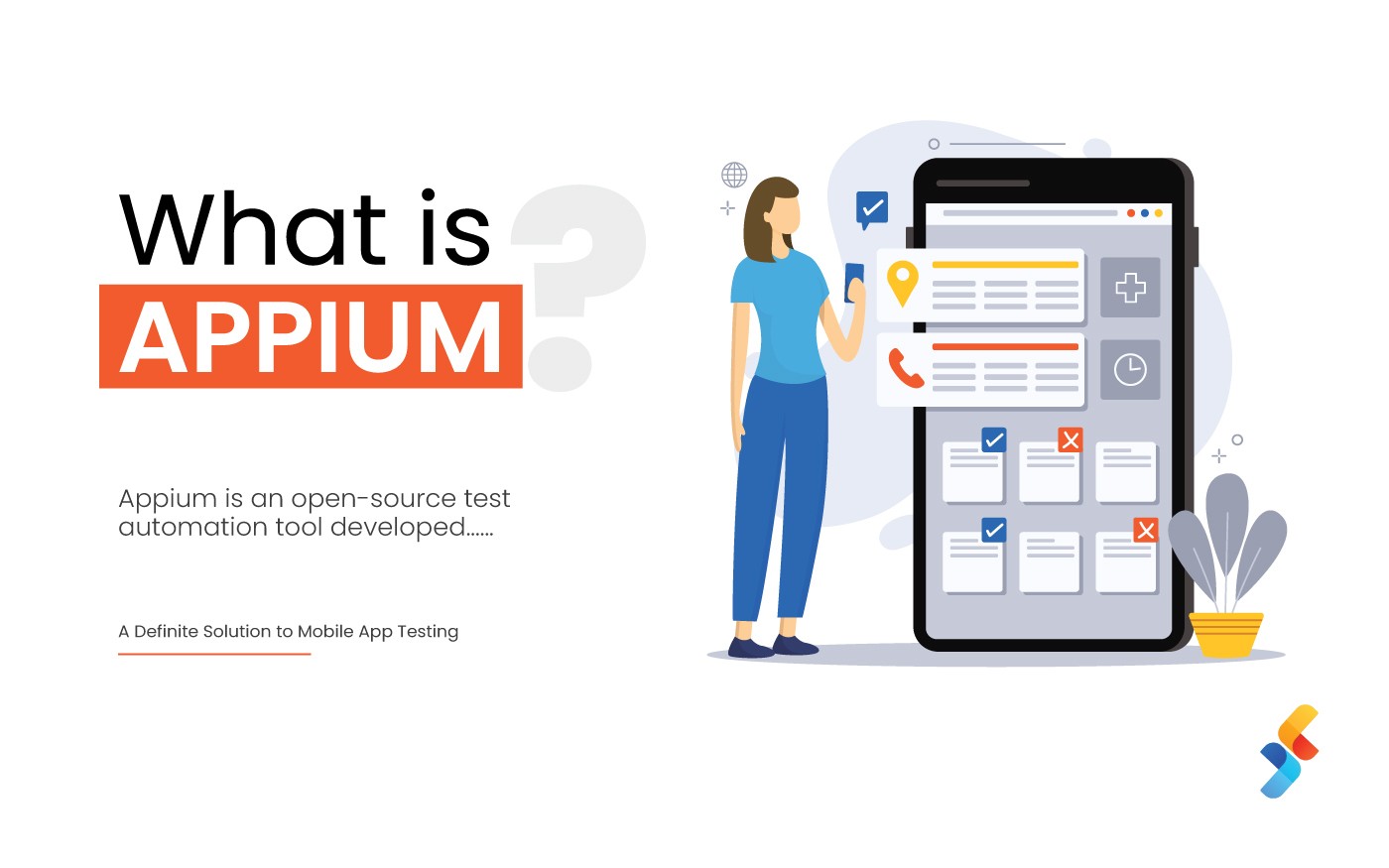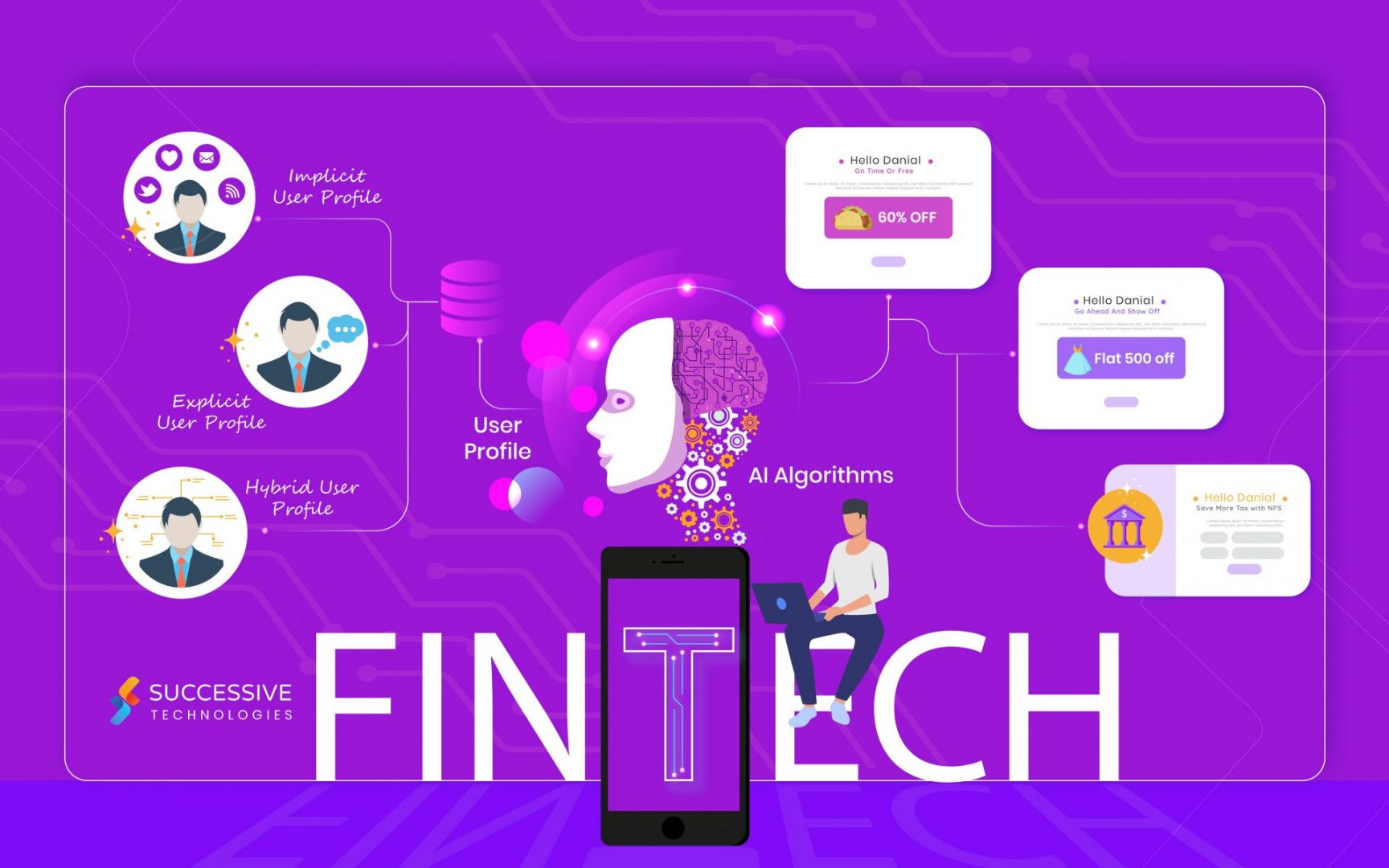Almost every business needs to have a digital presence in today’s market. And while a mobile app isn’t the right choice for every company, for the right brand, a well-designed app can present a lucrative opportunity.
But as consumers find themselves inundated with options, it’s getting harder for brands to stand out. If an app offers a poor experience, customers make the decision to uninstall it within seconds. Mobile apps designed for today’s audiences need to be highly useful, relevant, and valuable, while also offering exceptional customer experiences.
This demands that businesses follow mobile app development best practices scrupulously. Good mobile application project management practices offer several benefits apart from simply making sure any deadlines are met.

Best practices for managing mobile app development projects
Let’s take a look at some of the steps involved in managing mobile app development projects, as well as what you can do to set yourself up for success.
1. Initiation
Some of the key steps to follow at the beginning of any mobile app development project include:
Defining a business case or project charter: This should be done to identify critical business goals, and define the project scope and budget.
Identifying stakeholders: Identify specific individuals who will be responsible for sharing feedback and approving the deliverables.
Selecting a team: Whether you decide to build your mobile app in-house or outsource development to a specialist agency, you’ll need to ensure that you’ve hired and onboarded people with the right skills and experience to help you achieve your vision. Consider the developers’ background and work portfolio before making your decision.
Also Read: The Surging Importance of a Mobile-First Design Approach for Enterprise Web Projects
2. Planning
During the planning phase, you’ll need to break down the larger goals of the project into smaller tasks, prioritize these, and delegate them to individuals. You’ll also define the deliverables and create a project schedule with milestones. You’ll then perform risk assessments, and share the project plan with key stakeholders.

Other elements to consider at this stage include:
- Identifying the unique value proposition of the application as well as priority features
- Selecting the right tech stack — popular mobile app development frameworks include React Native, Kotlin, Ionic, Flutter, and Xamarin
- Defining a clear UX strategy to ensure customers have seamless experiences across devices
- Setting up communications processes
- Creating wireframes or mockups as needed
Also Read: Choosing Your Cross-platform Mobile App Development Framework: React Native vs. Flutter vs. Ionic
3. Execution
Once your project plan has been approved by the stakeholders, it’s time to build the application. During this stage, the main steps to follow are:
- Organizing the workflow, briefing developers on tasks, and establishing clear processes
- Monitoring project progress and budget, and ensuring adherence to defined expectations
- Providing updates to business stakeholders regarding progress
- Gathering feedback from stakeholders and users and sharing it with the development team
- Ensuring quality and compliance standards are met through testing across varying devices, platforms, and connection speeds
4. Evaluation
Although project evaluation can be done at multiple points across the project lifecycle, once the project has been completed, it is a good idea to review relevant metrics, analyze the outcome of the project, and determine whether it has met the defined business objectives. Also consider the budget, percentage of completed tasks, and quality of deliverables to determine the overall success of the project.

5. Closure
Once you’ve received a final sign-off and approval from stakeholders, it’s time to close the project. At this point, the project team will release the mobile app on the App Store or Google Play Store, and check that everything is working as expected. They should also update all the relevant documentation.
But that’s not it. Most apps require frequent updates, software upgrades, and security patches. Your app development team or implementation partner should also offer any necessary support and maintenance recommendations to help improve or stabilize the app after the initial release.
Mistakes to steer clear of while managing app development projects
Now, let’s look at some common mistakes that you should avoid while managing your mobile app development project.
1. Setting unclear milestones and metrics
Poorly defined expectations set you definitively on the path to failure.
Make sure you work closely with all key business stakeholders to clearly understand the business objectives, key requirements, and important milestones.
Once you have a clear understanding of these, you’ll be able to define the right metrics to measure the success of your project.

2. Poor resource and budget planning
Failing to plan resources and budgets effectively can lead to rushed development, scope creep, technical debt, and an overall poor quality product that’s riddled with errors and mistakes.
Key steps involved in resource planning include making a detailed list of project tasks and assigning tasks to owners. Clearly prioritizing critical features can help ensure your resources and budget are utilized in the best way possible.
As you progress with the project, make sure you track budget and time and keep an eye on future resource needs. You’ll also need to continuously update your resource plan to account for unexpected elements like staff leaving, scope adjustments, and so on.
For managing your budget, there are several common budgeting methods available for you to choose from such as top-down and bottom-up, three-point estimates, etc. Communicating clearly with stakeholders and allowing room for unexpected changes can help you succeed here.
3. Deficient communication planning
Effective two-way communication is critical for ensuring that expectations are met, releases happen on time, and any challenges can be resolved.
But often, this is undercut by unclear communication that relies heavily on technical jargon, or assumptions being made about the product by either business stakeholders or technical staff.
Defining a project communication plan at the beginning of the project can help prevent this. A project communication plan details how information is to be communicated among stakeholders across the entire duration of the project. It can include information about the various roles involved in the project, the information that will be communicated at each stage of the project, communication methods and frequency. This helps ensure that stakeholders have visibility into progress and creates opportunities for sharing information and feedback.
4. Insufficient risk planning and management
As with other kinds of software, all mobile app development projects face certain risks. There can be schedule or budget-related risk in case development isn’t completed according to planned timelines. There can be operational risks in case of insufficient resources, training, or communication. There can also be technical risks, for example, due to the complexity of implementation, or the choice of technology.
To effectively manage and mitigate risks, project managers need to take a systematic approach. Broadly, this involves identifying and analyzing potential risks at the start of the project, prioritizing them, taking steps to mitigate them by order of priority, and tracking progress towards resolution.
5. Implementing a rigid development lifecycle
Some traditional software development methodologies, like the waterfall method, rely on completing each stage of development before moving on to the next. However, this can increase the risk involved in development — for instance, critical issues may not be discovered until it is too late because testing cannot begin until development is completed.
Over the past decade or so, alternative approaches like agile and scrum have become more popular. These rely on iterative development, where feedback is sought and testing is done frequently after building small portions of the application.

This helps lower risk by making sure that any issues are caught early, business requirements are communicated clearly and accurately, and testing happens at each stage of development, resulting in a product that is of far higher quality. Agile methodology thus makes it easier to manage changing requirements and uncertain environments — making it the best choice for dynamic markets with evolving customer expectations.
Must Read: 5 Ways Agile and DevOps Helps Drive Digital Transformation
Creating a successful mobile application requires careful project management
For any software development project to succeed, it takes a combination of factors: clear project milestones, the right development approach, coupled with the right set of tools. And all this must be backed by transparent communication and effective feedback mechanisms.
If you’re not sure how to manage all of these aspects effectively for your mobile app development project, a qualified implementation partner can help ensure that best practices are followed and risks mitigated during your app development process. Effective mobile application project management techniques will ensure that your app is built to specifications, on time and within budget, while keeping enough room to adapt to evolving requirements and emerging change requests.
Read Next: Choosing the Best Programming Language for Android App Development: Kotlin vs. Java












